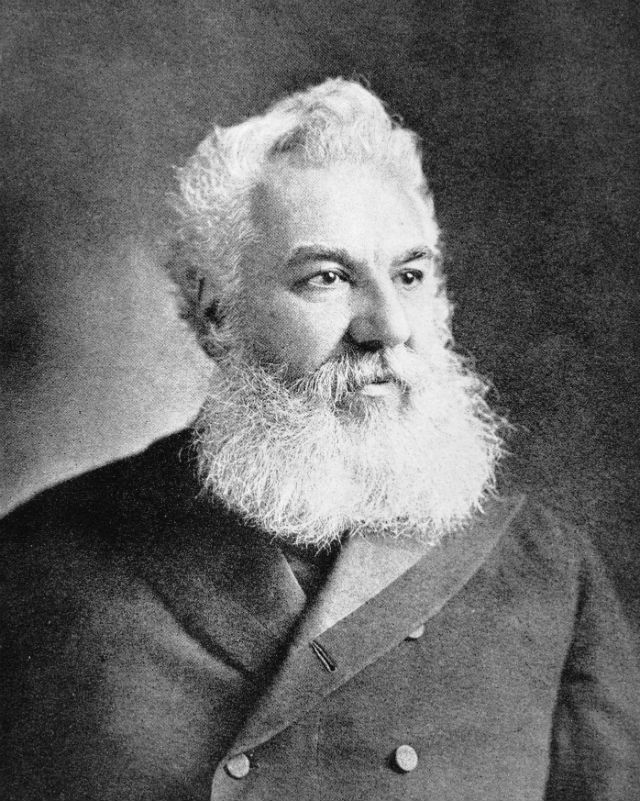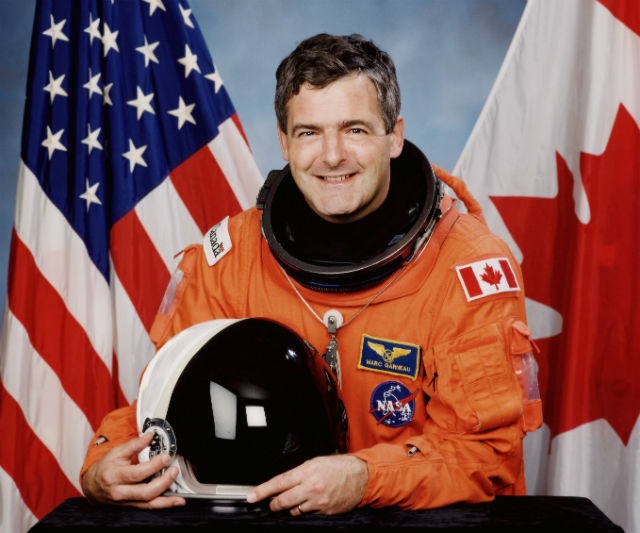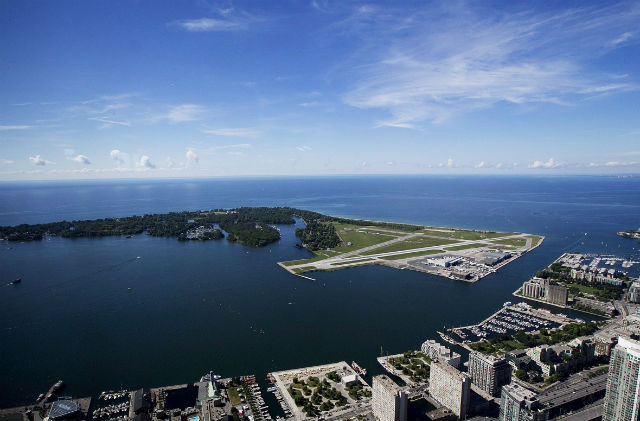To accompany our Canadian industry special, we look at 10 of the country's sons – sadly no women quite made the list – who helped develop the nation’s aviation sector – from those behind Canada’s first powered flight to First World War aces, an airline entrepreneur and the men who founded Bombardier and CAE.
1. Laurent Beaudoin
After joining his father-in-law’s snowmobile manufacturing firm in the early 1960s, Laurent Beaudoin became its chief executive in 1966 at the age of 27 when Joseph-Armand Bombardier died. Under his 42-year stewardship, Beaudoin turned Bombardier into one of Canada’s biggest conglomerates, adding rail transportation in 1970 and then buying a succession of failing aircraft manufacturers – Canadair, Short Brothers, Learjet and de Havilland – to create the world’s third largest aerospace group. Beaudoin handed the chief executive role to his son Pierre in 2008 to become chairman. Following recent management changes, he remains chairman emeritus.

Laurent Beaudoin (right) with son Pierre
Rex Features
2. Ken Patrick
In 1947 this former Royal Canadian Air Force officer founded what has become the world’s largest simulation training company as Canadian Aviation Electronics. His goal was to “create something Canadian and take advantage of a war-trained team that was extremely innovative and very technology-intensive”. In 1953 he commissioned CAE’s current plant in St Laurent, near Montreal, where 500 employees made everything from simulators to radios, televisions and a search and rescue homing system for the RCAF. Today CAE is the pre-eminent player in simulator manufacturing and also provides commercial, military and ab initio training.

Ken Patrick
CAE
3. Chris Hadfield
A classic astronaut background saw Hadfield go from a corn farm boyhood in southern Ontario to gliding and powered flight with Canada’s Air Cadets, before joining the Canadian armed forces, eventually flying CF-18s and attending the US Air Force test pilot school. One of four Canadian astronaut candidates selected in 1992 from 5,330 applicants, he was assigned by the Canadian Space Agency to NASA’s Johnson Space Center in Houston. There he served as NASA's Chief CapCom, the voice of mission control to astronauts in orbit, for 25 space shuttle missions, and then as NASA’s director of operations at the Yuri GagarinCosmonaut Training Centre in Star City, Russia. Back in Houston, Hadfield became NASA’s chief of robotics and then chief of International Space Station operations from 2006-2008. He made four trips to space – winning global recognition on his last flight, in 2013, with a rendition of David Bowie’s Space Oddity, a performance which has over 24 million views onYouTube.

Chris Hadfield
Rex Features
4. Alexander Graham Bell
Although born and educated in Scotland and later a US citizen, the inventor of the telephone spent most of his adult life in Canada, where he was involved in a number of aeronautical projects around the turn of the century. These included experiments with tetahedral box kites in the 1890s; later he became part of the Aerial Experiment Association, which designed, built and flew the Silver Dart. The aircraft made the first powered flight in Canada at Bras d'Or in 1909, an event Bell attended. He died in 1922 and is buried on his estate in Nova Scotia.

Alexander Graham Bell calling
Rex Features
5. Casey Baldwin
An associate of Bell's, Frederick Walker “Casey” Baldwin managed Graham Bell Laboraties from 1909-1932 and worked with the inventor on hydrofoil and other technologies. He made his mark in aviation in 1908, when he became the first Canadian to fly an aeroplane.

Casey Baldwin
Canadian Aviation Hall of Fame
6. John McCurdy
Another of Bell’s associates, he joined the inventor's Aerial Experiment Association in 1907 and, a year later, helped Glenn Curtiss set up his eponymous company. In 1909, he flew the Silver Dart from the ice of Bras d'Or Lake in Nova Scotia – the first powered aircraft flight in Canada. He went on to found Canada’s first flying school, and then his own aircraft company, Reid Aircraft, which later merged with Curtiss.
7. Mark Garneau
A Canadian naval officer and eventually a Captain, Garneau was one of six Canadian astronauts selected in December 1983 and became the first Canadian astronaut to fly in space, on Space Shuttle Mission 41-G, in October 1984. He flew two more Shuttle missions and later headed the Canadian Space Agency, resigning in 2005 to enter national politics.

Mark Garneau
NASA
8. Wilfrid “Wop” May
As a First World War fighter pilot May survived being chased by Baron Manfred Von Richthofen, the famous "Red Baron", thanks to the intervention of Richthofen’s eventual killer, Roy Brown. A Distinguished Flying Cross recipient, May downed 13 enemy aircraft with four "probables". After the war, he and his brother Court founded May Airplanes and later started Canada’s first flying club, the Edmonton Aero Club, and the country’s first commercial airport, Blatchford Field. A bush pilot, he also flew the first airmail to the Canadian Arctic, ultimately being awarded the US Government’s Medal of Freedom with Bronze Palm.

Wilfrid May
Grand Lodge of British Columbia and Yukon
9. Max Ward
An instructor in the Second World War and general aviation pilot afterwards, Ward got hold of a new de Havilland Canada DHC-3 Otter single engine prop aircraft and founded Wardair in 1953. By the mid-1970s his firm was Canada's biggest international air charter carrier and flew scheduled routes from 1984, eventually becoming part of Canadian Airlines International.

Wardair 727
AirTeamImages
10. Billy Bishop
Another farm boy who took to the skies, Bishop was Canada’s top First World War ace with 72 victories, and went on to play a major role as a recruiter for Canada’s air force. Remarkably, in 1928, he dined at the Berlin Aero Club and was inducted into the German Ace Association as its only non-German member. Many air travellers know his name today, if they come or go from Billy Bishop Toronto City airport.

Billy Bishop
Rex Features

Billy Bishop Toronto City airport
Rex Features
Source: FlightGlobal.com



















